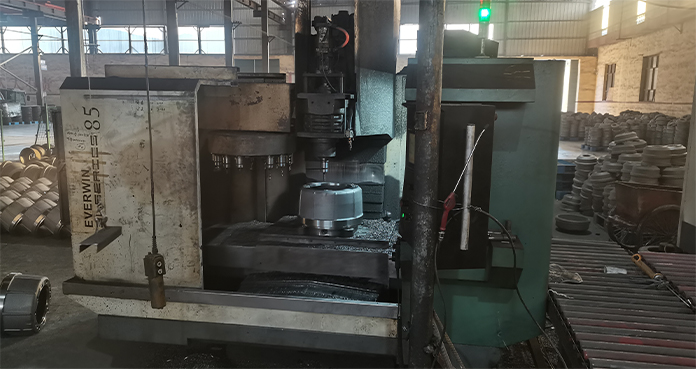9 月 . 18, 2024 18:35 Back to list
changing brake drums and shoes
Changing Brake Drums and Shoes A Comprehensive Guide
Maintaining the braking system of your vehicle is crucial for ensuring safety on the road. One of the essential aspects of brake maintenance is changing brake drums and shoes. This process can seem daunting, but with the right tools and a step-by-step approach, you can perform this task effectively.
Understanding Brake Drums and Shoes
Brake drums are part of a drum brake system that utilizes friction to slow down or stop a vehicle. When you press the brake pedal, brake shoes inside the drum expand, pressing against the inner surface of the drum to create friction. Over time, both the drums and shoes can wear down, leading to decreased braking performance and safety hazards.
Tools and Materials Needed
Before you start, gather the necessary tools a jack, jack stands, a lug wrench, a socket set, a brake shoe kit, a brake drum puller (if needed), and cleaning supplies. It’s also a good idea to have a repair manual specific to your vehicle model on hand for reference.
Step-by-Step Process
1. Preparation Park your vehicle on a flat surface, engage the parking brake, and remove the wheel covers if necessary.
2. Lifting the Vehicle Loosen the lug nuts slightly before lifting the vehicle using a jack. Once elevated, secure it with jack stands to ensure safety while working underneath.
changing brake drums and shoes

4. Inspecting the Brake Components Check the brake drum and shoes for visible wear or damage. If the shoes appear worn or the drum is scored, they need replacing.
5. Removing the Brake Drum If the drum doesn’t slide off easily, you may need a brake drum puller. Attach the puller and carefully remove the drum, taking care not to damage surrounding components.
6. Replacing the Brake Shoes Remove the old brake shoes by detaching the retaining springs and clips. Install the new brake shoes in the reverse order, ensuring they are properly aligned and secured.
7. Installing the New Brake Drum Once the shoes are in place, clean the surface of the new brake drum and slide it over the shoes. Make sure it rotates freely.
8. Reassembling the Wheel Reinstall the wheel, hand-tightening the lug nuts initially. Lower the vehicle back to the ground and then tighten the lug nuts in a crisscross pattern to ensure even tightening.
9. Testing Your Work Before hitting the road, pump the brake pedal a few times to seat the shoes against the drum. Test-drive at low speeds to ensure everything is functioning properly.
Conclusion
Changing brake drums and shoes can be a rewarding DIY project that enhances your vehicle’s safety. Regular maintenance will not only prolong the life of your braking system but also ensure peace of mind during your drives. If you’re ever unsure about the process, don’t hesitate to consult a professional mechanic for assistance. Remember, safety first!
-
Brake Drum for Kamaz Trucks Durable OEM Replacement & High Performance
NewsMay.30,2025
-
Brake Drum Man High-Quality Drum Brake & Shoe Solutions
NewsMay.30,2025
-
High-Performance Brake Drum for Kamaz Trucks Durable Drum Brake Components
NewsMay.29,2025
-
Brake Drum Man High-Quality Drum Brake Drums & Brake Shoes
NewsMay.29,2025
-
Brake Drum MAZ High-Performance & Durable Replacement Parts
NewsMay.29,2025
-
heavy truck brake drums
NewsMar.07,2025
